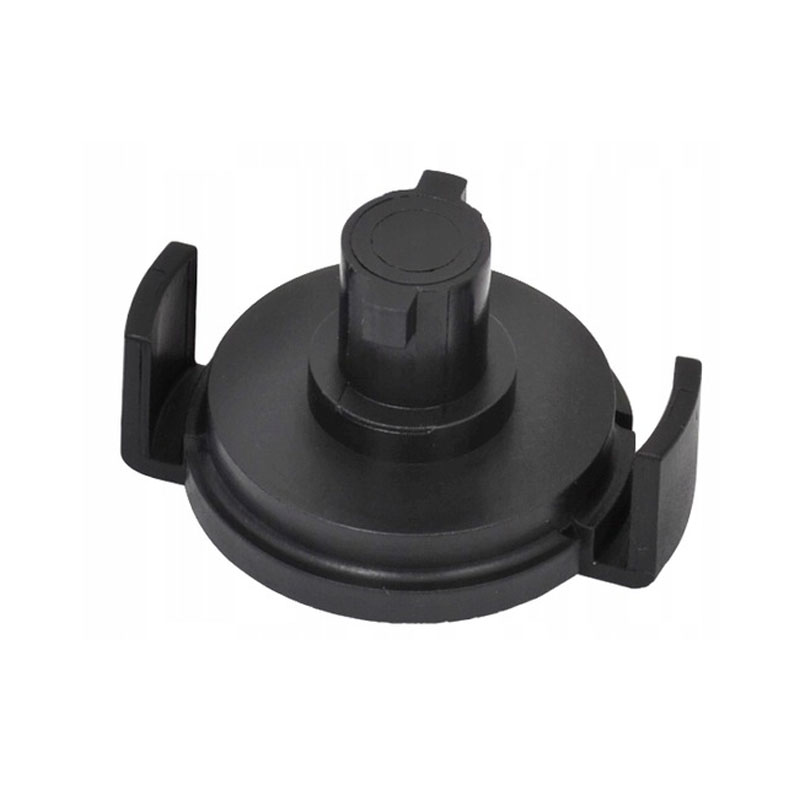reusing crush washer
The Benefits and Practicality of Reusing Crush Washers
In the world of automotive repair and maintenance, efficiency and sustainability are paramount. One often overlooked component in this discussion is the crush washer. While these small, seemingly insignificant parts play a crucial role in sealing connections, their potential for reuse is frequently ignored. This article explores the benefits of reusing crush washers, the best practices for doing so, and the environmental impact of this simple yet effective approach.
What are Crush Washers?
Crush washers, also known as sealing washers, are designed to create a leak-proof seal between two surfaces, typically in applications involving oil, fuel, or coolant. Made from materials like copper, aluminum, or rubber, these washers deform slightly when tightened, filling any imperfections in the surfaces they connect. This deformation allows them to effectively prevent leaks, ensuring the reliability of mechanical systems.
Why Reuse Crush Washers?
1. Cost-Effective Solution One of the most immediate benefits of reusing crush washers is cost savings. In industries where large numbers of parts are constantly being replaced, the cumulative cost of new washers can add up significantly. By reusing crush washers, mechanics and DIY enthusiasts can cut down on procurement costs without compromising on safety or efficiency.
2. Reduced Environmental Impact In an era where environmental responsibility is crucial, reusing crush washers is a small but impactful way to reduce waste. Manufacturing new washers consumes energy and resources, contributing to a larger carbon footprint. By choosing to reuse what is already available, we can minimize our impact on the planet, aligning with sustainable practices and promoting a circular economy.
3. Convenience and Accessibility For those involved in home repairs or small-scale automotive maintenance, constantly sourcing new parts can be a hassle. By reusing crush washers, individuals can make repairs more quickly and conveniently, keeping projects moving without unnecessary delays.
reusing crush washer

Best Practices for Reusing Crush Washers
While reusing crush washers can be beneficial, it’s important to assess their condition before doing so. Here are some best practices to ensure their reliability
1. Inspection Before reusing a crush washer, inspect it closely for any signs of damage or excessive wear. Look for cracks, deformation, or signs of corrosion. If a washer appears compromised, it’s best to replace it.
2. Cleaning To ensure a proper seal when reusing a crush washer, clean off any debris or old sealant. A clean surface allows for better compression and fits, leading to a more effective seal.
3. Proper Installation When reusing a crush washer, ensure it is seated correctly and tightened to the manufacturer’s specifications. Over-tightening can deform the washer beyond repair while under-tightening can lead to leaks.
4. Limitations Understand that not all crush washers are suitable for reuse. Some materials, like rubber, may deteriorate more rapidly than metal washers. Always consider the specific application and the conditions in which the washer was previously used.
Conclusion
The practice of reusing crush washers is a testament to the evolving mindset in automotive maintenance and repair. By embracing sustainability and recognizing the potential for cost savings, mechanics and DIY enthusiasts alike can make a significant difference—not just in their budgets but in their impact on the environment. As we continue to enhance our approaches to efficiency and eco-friendliness, the simple act of reusing crush washers exemplifies how small changes can lead to substantial benefits. Whether you are a seasoned mechanic or a hobbyist, consider the advantages of reusing crush washers the next time you undertake a project. It’s a smart choice that reflects resourcefulness and responsibility.
-
Understanding the Front Main Engine Seal: Purpose, Maintenance, and Installation
News Jul.29,2025
-
Understanding O-Rings and Seal Rings: Types, Applications, and Custom Solutions
News Jul.29,2025
-
Understanding Crankshaft Oil Seals: Rear Seals, Pulley Seals, and Their Role in Engine Integrity
News Jul.29,2025
-
The Importance of Front and Rear Crankshaft Seals in Engine Performance and Oil Management
News Jul.29,2025
-
Crank Oil Seals: Functions, Types, and Cost Considerations in Engine Maintenance
News Jul.29,2025
-
A Comprehensive Guide to O-Rings and Seals: Types, Materials, and Global Applications
News Jul.29,2025
-
Mastering Diesel and Performance Engine Maintenance: A Guide to Critical Oil Gaskets
News Jul.28,2025
Products categories















